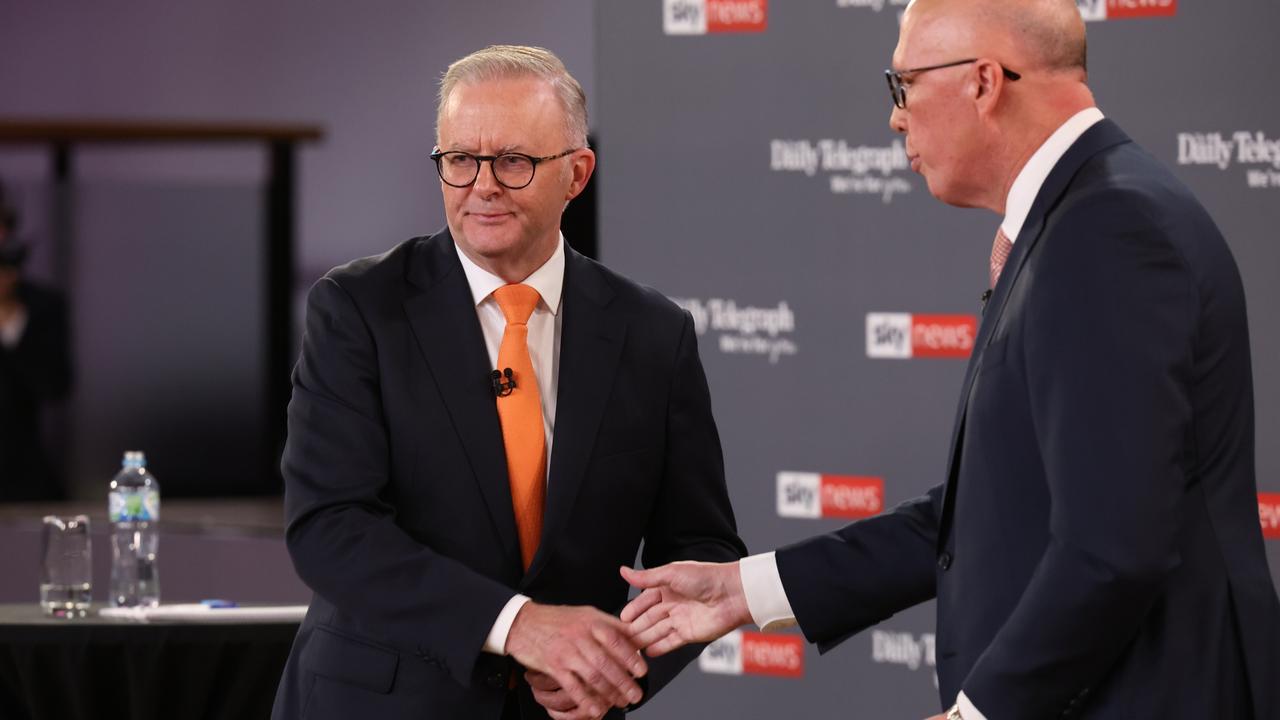LNP architect Lawrence Springborg says party must learn from past mistakes or suffer
The man who brought together the Liberal and National parties in Queensland has a warning – learn from past mistakes or spend years in Opposition.

QLD Politics
Don't miss out on the headlines from QLD Politics. Followed categories will be added to My News.
THE architect of the merger between the Liberal and National parties in Queensland has urged warring factions to “look at the bigger picture’’ otherwise the conservatives face more years in the political wilderness.
Former Opposition leader and Newman Government Health Minister Lawrence Springborg said the Labor Party had learned from its mistakes of the past, having been largely in Opposition in Queensland from 1957-1989.
THE WAR WITHIN
- ‘Era of distrust’ that brought down LNP from inside
- The real reason why the LNP keeps failing
- How drinks on Clive Palmer’s yacht sparked a coup
- Poison pen letter reveals LNP plan to oust Jeff Seeney
- LNP architect’s dire warning over division
“They (Labor) learned about division and the benefit of unity,’’ Mr Springborg said.
“As is almost always the case, the party is not the problem. It’s personalities and I urge individuals to look beyond themselves and to the bigger picture.
“Queenslanders should expect no less. Our political adversary is the Labor Party. I would say that in any good, functioning democracy there should be a healthy competition of ideas.
“But don’t lose sight of what we’ve done as a party and don’t lose sight of what’s at stake with division.
“As the saying goes, if you don’t learn from history you are destined to repeat the past.’’
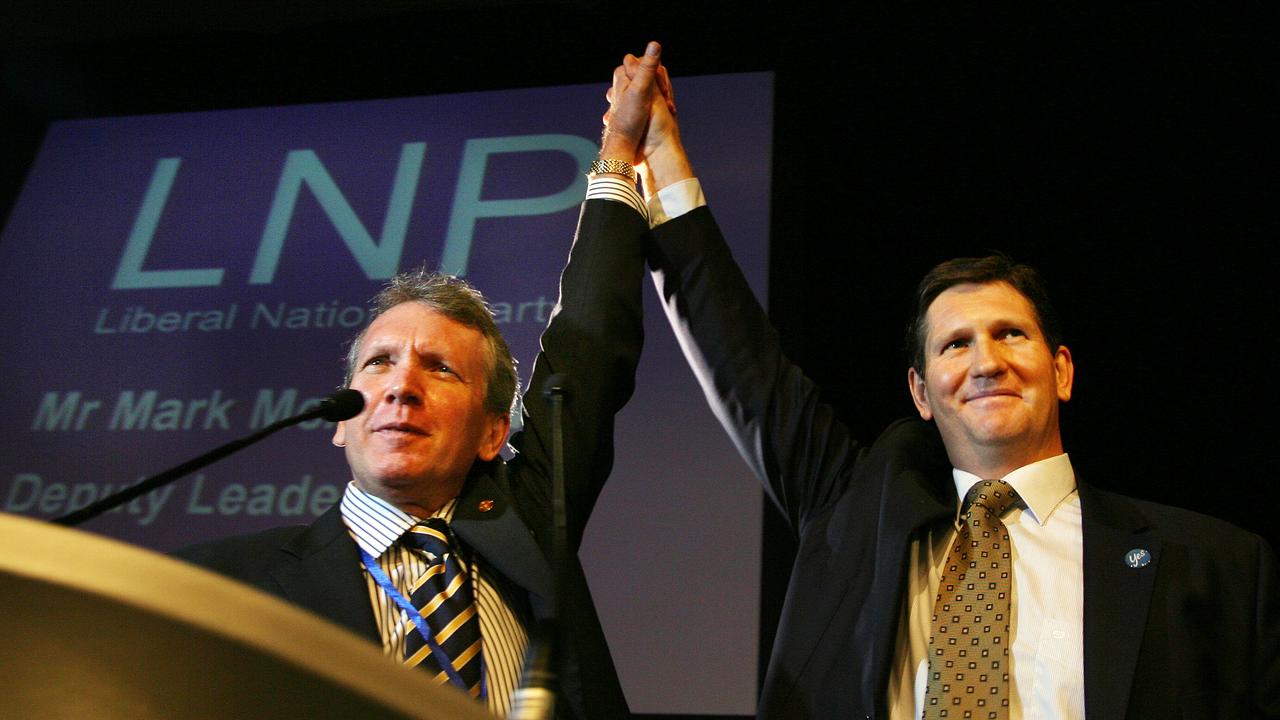
Mr Springborg’s comments came as a report is being authored into the 2020 election loss, with recommendations likely to come in May. Multiple LNP sources say a review of the party’s 2020 election loss will portray a party in crisis, gripped by a toxic relationship between the politicians and party officials.
Former deputy premier Jeff Seeney said the McArdle-Scarr report into the 2020 election loss was crucial.
“If they do not address the proper relationship between the two wings of the LNP – the parliament and the headquarters – the LNP has a very bleak future in this state,’’ he said.
The Courier-Mail understands the internal review has “shone some light on areas that nobody expected it would’’.
“If it recommends widespread reform, the members have their ammunition to act,’’ a source said.
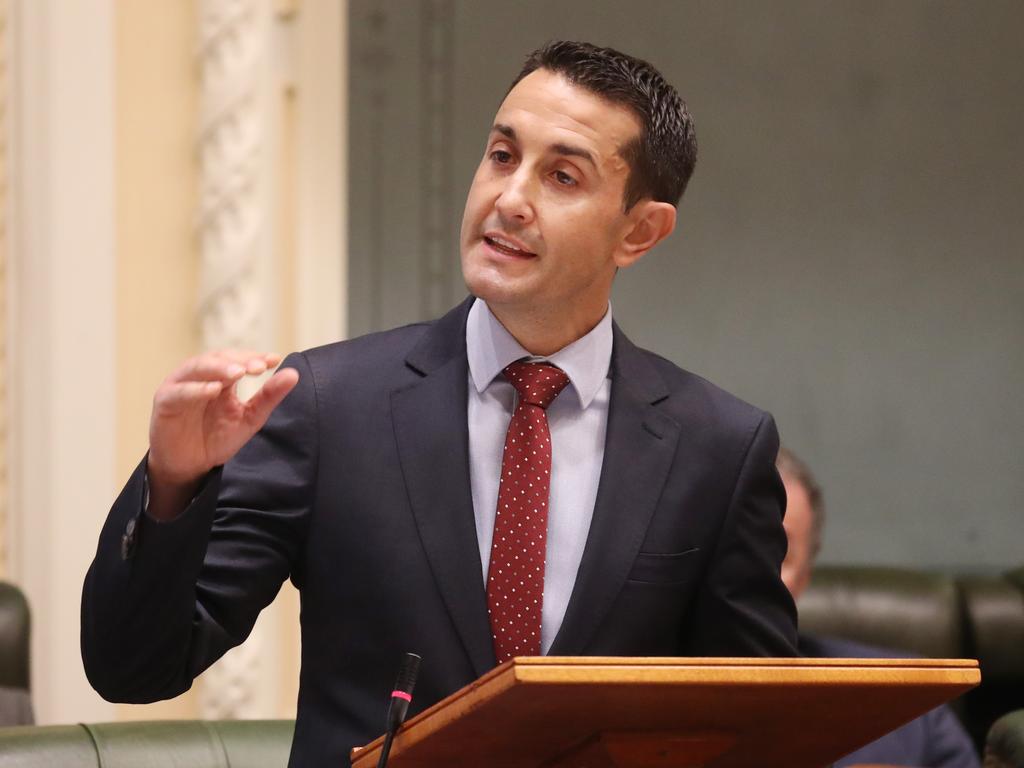
It is understood the McArdle-Scarr review of the 2020 election loss will not pull punches, singling out the organisational wing. But will it be enough to force change?
New Opposition leader David Crisafulli has a herculean task bringing the parliamentary and organisational wings of the party back together.
Senior LNP figures have described the enmity and infighting as “parlous’’ and the disunity was “more to do with ourselves than anything to do with Labor’’.
In 2008, it was Mr Springborg who was able to convince Liberal and National party headquarters, plus members, that a merger was the best way to win elections.
The freshly minted merger, with Springborg as leader, failed to win the 2009 election, after premier Anna Bligh sprung a surprise victory. But in 2012, former Brisbane Lord Mayor Campbell Newman romped to the largest winning majority in Queensland political history. Three years later his government was gone.
The merger came about because of years of internal bickering between the Libs and Nats over three-cornered contests, egos, resources and priorities.
It became so bad that Liberal and National candidates in conservative areas would campaign against each other to win the poll.
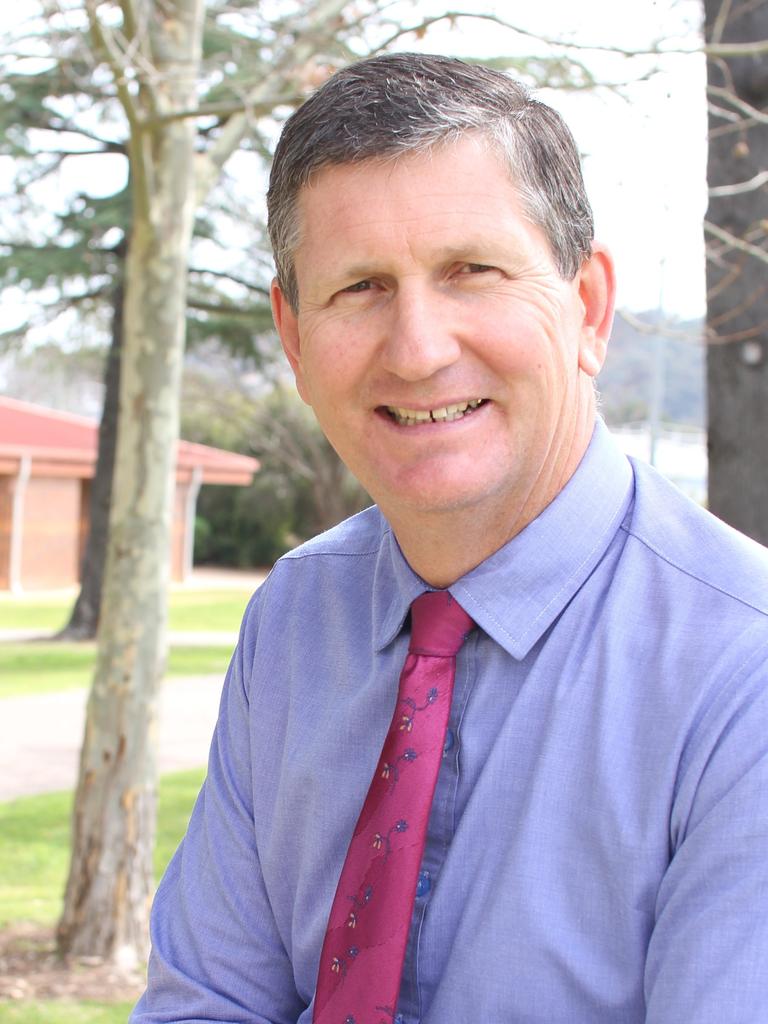
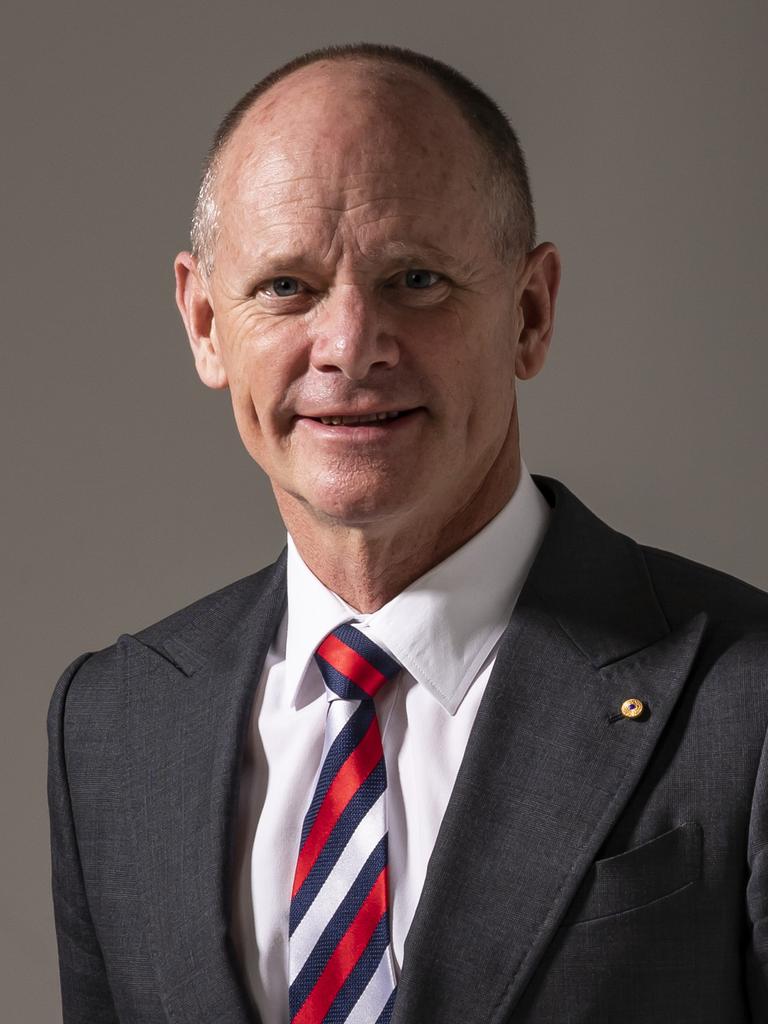
Mr Springborg’s rationale was that putting the resources and energy into one Tory candidate per seat would eliminate campaign funding wastage and maximise the conservative vote.
What that did, however, was starkly bring into focus the warring factional battles over which party would contest which seat.
The so-called “star chamber’’ interrogation of candidates was seen by many as a stitch up, with predetermined outcomes already made, and the chamber process merely a means to an end.
A former Newman Government senior aide said the campaigning styles of the Labor Party and LNP at state level was never more apparent than during the 2020 election.
“I don’t think it’s a money thing because the LNP actually has a reasonable war chest,’’ the senior aide said.
“Labor just does it better at state level. They cleverly milked COVID-19 and maximised their message on keeping people safe and it worked.
“But there is a strong belief within the party that we botched our handling of COVID. We were really wishy washy on it. People saw that.’’.
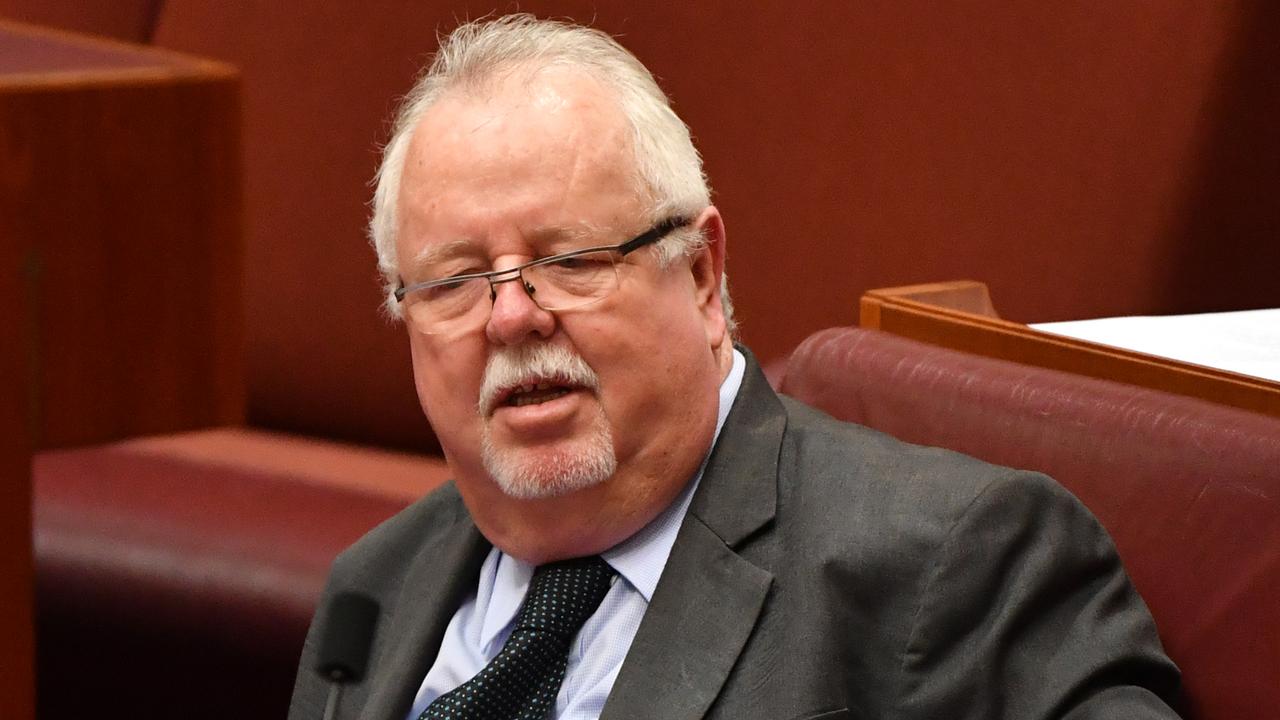
Powerbroker and former senator Barry O’Sullivan, who was involved in triggering the 2011 political execution of John-Paul Langbroek, agreed the LNP needed “serious structural reform’’ but that was not going to be easy.
“That would require significant constitutional change and that will not come easily,’’ he said.
Labor’s candidates, even the average ones, were disciplined and stuck to message, he said.
That message was simple. Annastacia Palaszczuk had kept you and your family safe from COVID-19 and a Frecklinglton Government would replicate the “sack, cut and sell’’ ideology of the Newman Government.
The “sack, cut and sell’’ message is lazy and misleading, but if you say it enough, and use it in election ad blitzes, some of it resonates, particularly with public servants, many of whom lost their jobs under Newman.

The LNP tried to talk about “bold and visionary plans’’, including the Bradfield scheme, a multi-billion dollar irrigation project aimed at solving the state’s perennial drought problem.
But even the Bradfield scheme announcement failed to hit the target after it was revealed the first funding tranche would be $20 million for a feasibility study.
The LNP tried to outline a vision, but against the backdrop of a global pandemic and the worst health crisis we’d experienced in living memory, nothing seemed to be registering with voters.
Labor scandals around Ministerial integrity, a worsening economic outlook, child safety despair and a youth crime crisis did not cut through.
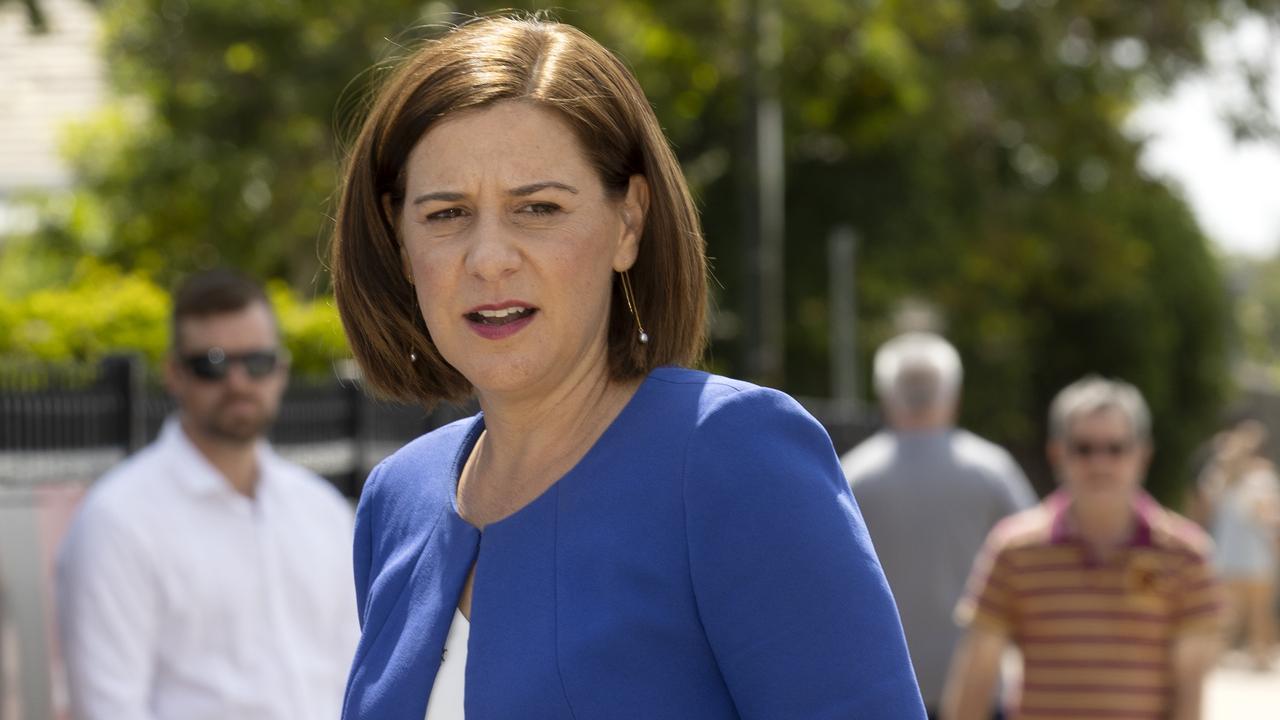
Townsville was seen as a major battleground for the 2020 state election. Both Ms Palaszczuk and Ms Frecklington visited there regularly, with the seats of Thuringowa, Mundingburra and Townsville all up for grabs.
When Newman won in 2012 he won all three Townsville seats.
When he lost ion 2015, they went to Labor. The LNP campaigned hard on youth crime and lax bail laws.
A week out from the election, Labor insiders were worried that two of the three seats may fall to the LNP.
With coronavirus not as big an issue in the north, and youth crime rampant, the LNP thought it had a chance and the local candidates were bullish.
Labor heavyweights in Townsville, including former Mayor Tony Mooney and chief strategist Dolan Hayes, sent an SOS to party headquarters that the race was tight.
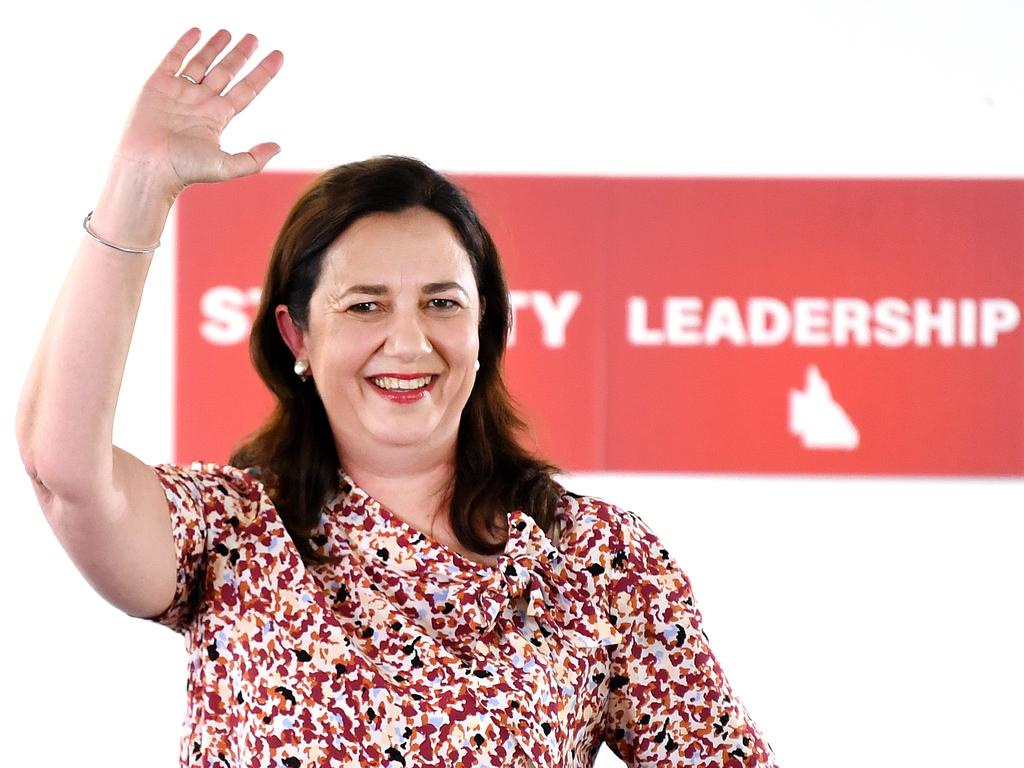
Labor Party headquarters doubled their efforts in Townsville, quadrupling direct robocalls to
residents with the message that now was not the time to be changing government during a
pandemic.
The premier’s jet seemed on autopilot to Townsville that last week.
For the LNP, the reality remained that this was a party in turmoil, with its organisational wing at war with the parliamentary wing.
As one senior aide said, had the board of BHP or Wesfarmers leaked information against its chief executive to have that person sacked, the board would be sacked.
At the very least an internal investigation would have been undertaken to establish where the leak emanated.
No such thing was done by the LNP hierarchy.
LNP leader David Crisafulli has a big job to bring the party together.
He must weigh up the needs of his parliamentary colleagues and their ability to win in 2024 with the competing factors within the organisational wing.
More Coverage
Read related topics:LNP




